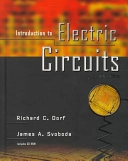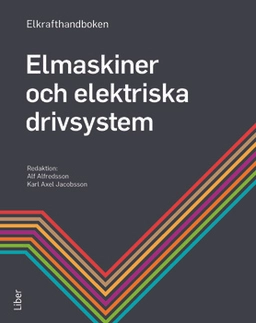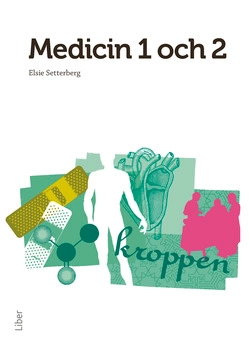Instead of just detailing the various types of electric circuits, Introduction to Electric Circuits, Fourth Edition actually gets students involved in the design process. It clearly demonstrates how the analysis and design of electric circuits has become an integral facet of an engineer's ability to design complex electronic systems as well as typical consumer products. Students are presented with a unique yet simple step-by-step design methodology in Chapter 1 that is used to solve The Design Challenge problems posed at the beginning of each chapter. By applying this methodology to realistic problems like a printer driver and cable, students will develop the critical skills required to apply problem-solving skills throughout their career. The design methodology emphasized in Chapter 1: Problem State the problem. Situation Describe the situation and the assumptions. Goal State the goals and requirements. Verify Verify that the proposed solution is indeed correct. Act Act on the plan. Plan Generate a Plan to obtain a solution of the problem. Solution Communicate the solution. Students will find the presentation greatly enhanced by a number of computer applications that can be used at the readers discretion. Students will find several examples that illustrate the use of MATLAB to solve problems involving electric circuits. The text explains how this powerful program is used by engineers in the field. A new appendix is also included that provides an introduction to MicroSim Corporation's DesignLab(TM) and PSpice(r). Students can use the resources of the Interactive Circuits from Electronics Workbench CD-ROM to view, simulate, and change circuit parameters of the Design Challenges in each chapter. Further, the demo version of Electronics Workbench(r) allows the user to build and simulate all circuits in the text!
Åtkomstkoder och digitalt tilläggsmaterial garanteras inte med begagnade böcker





















